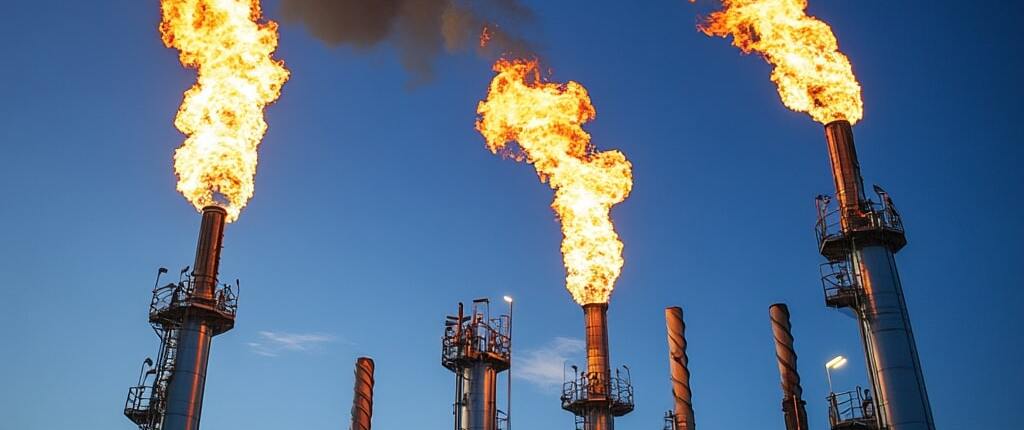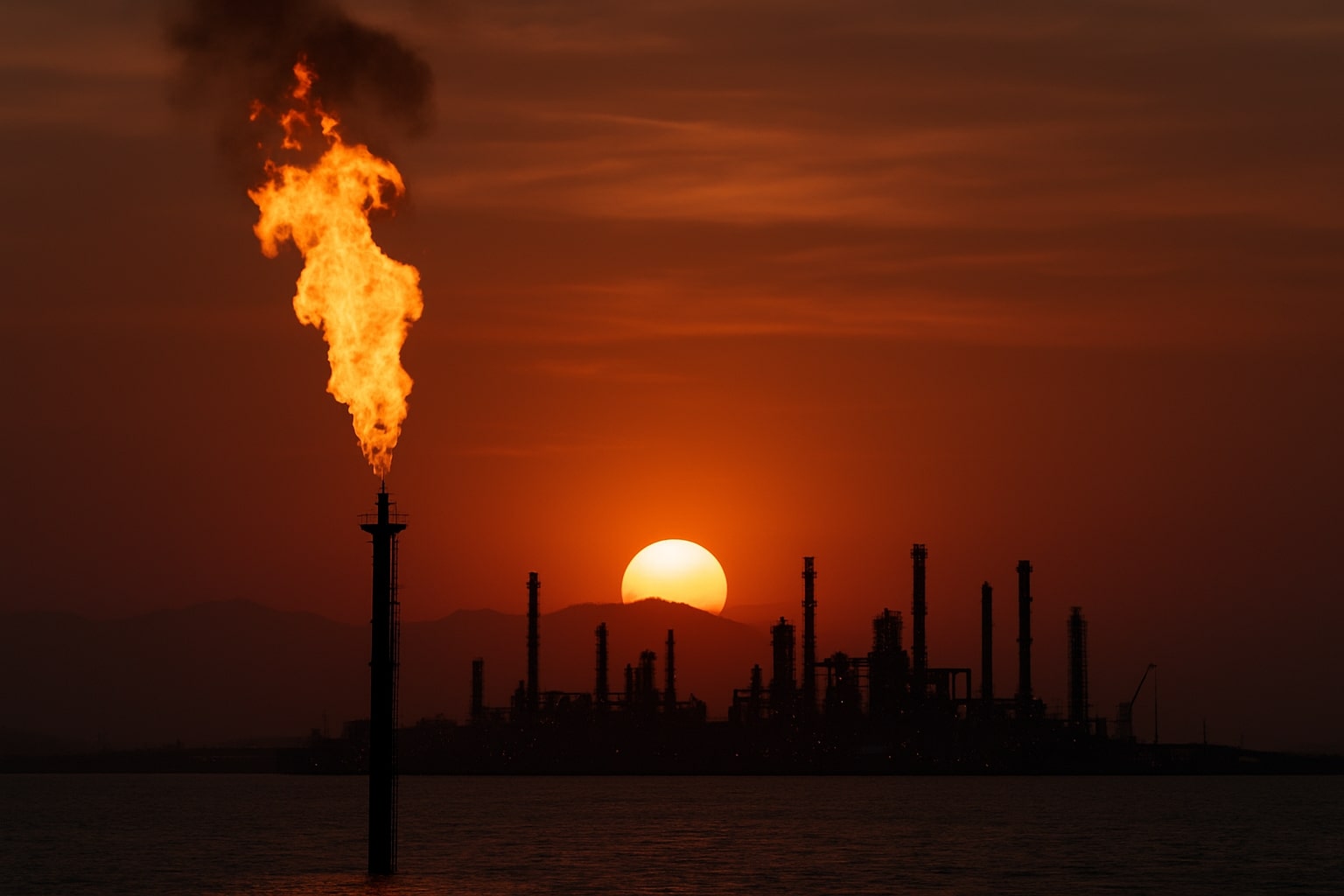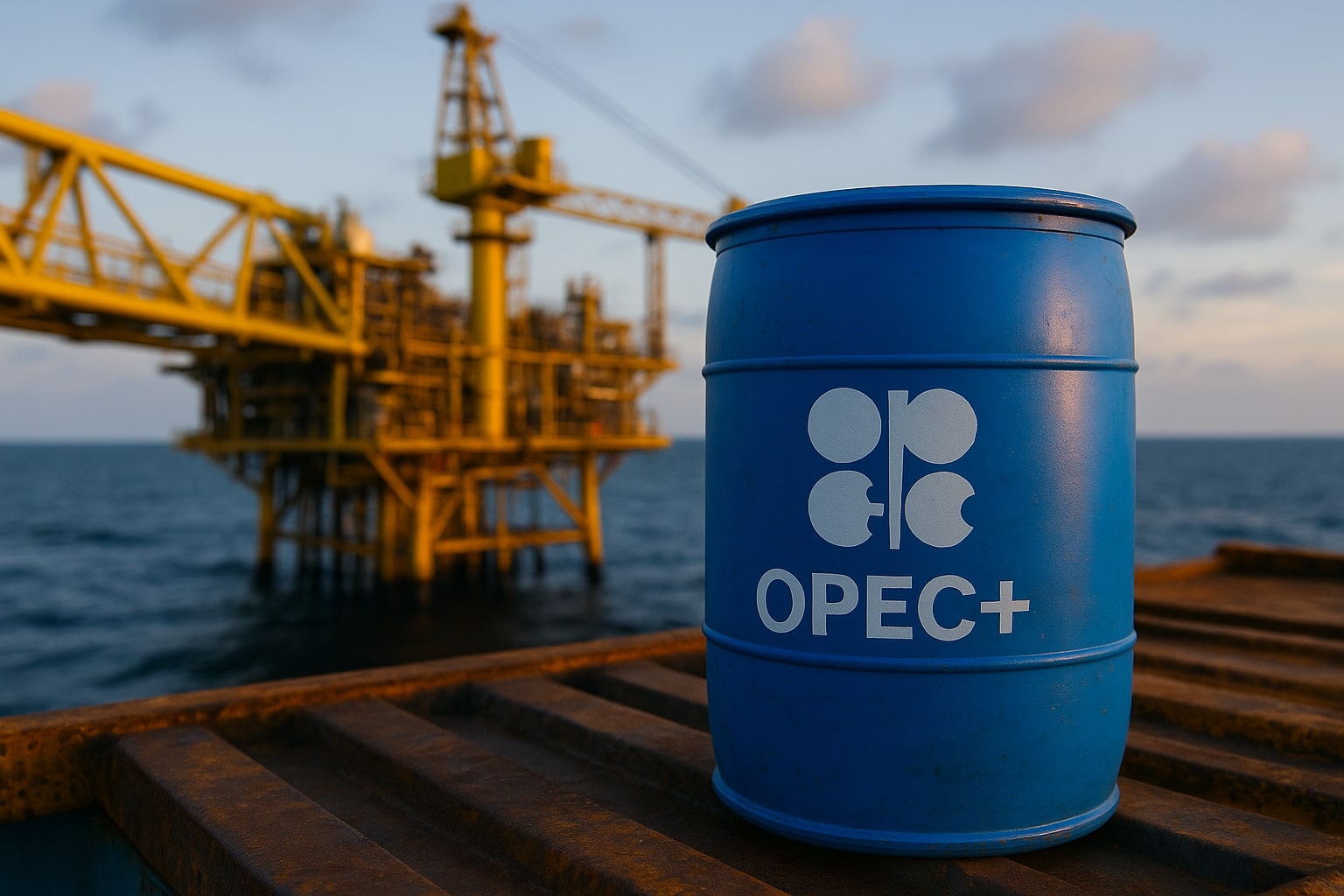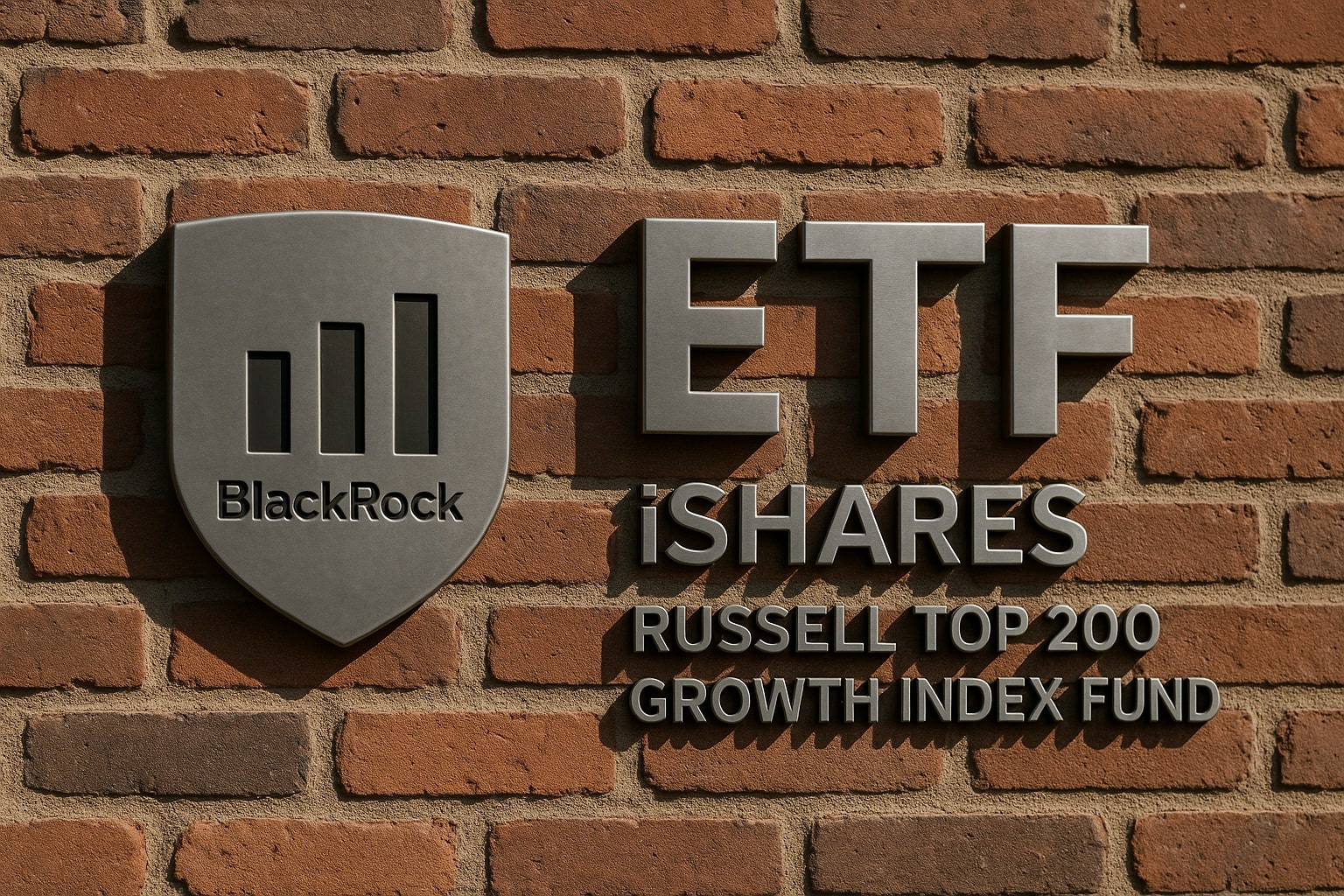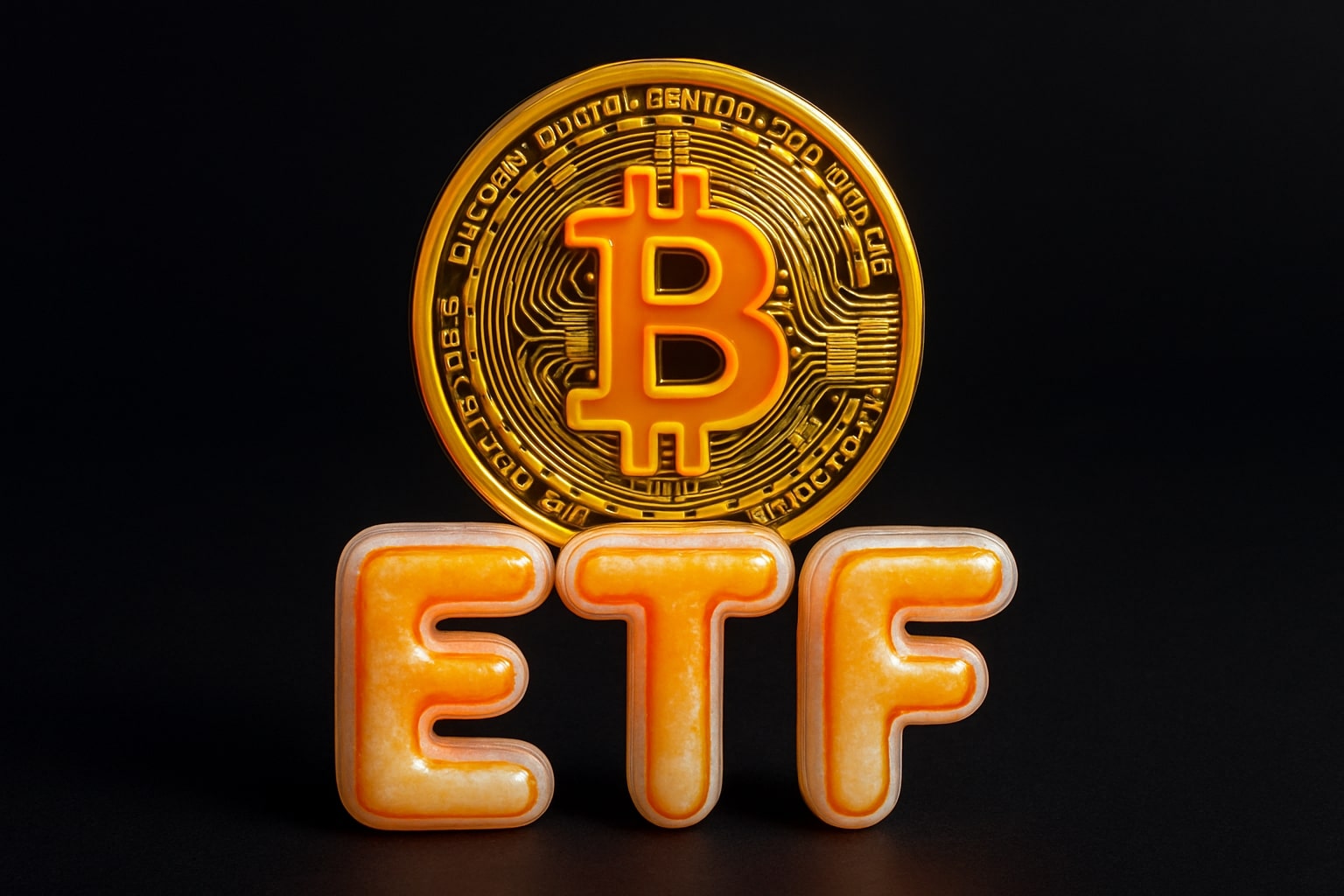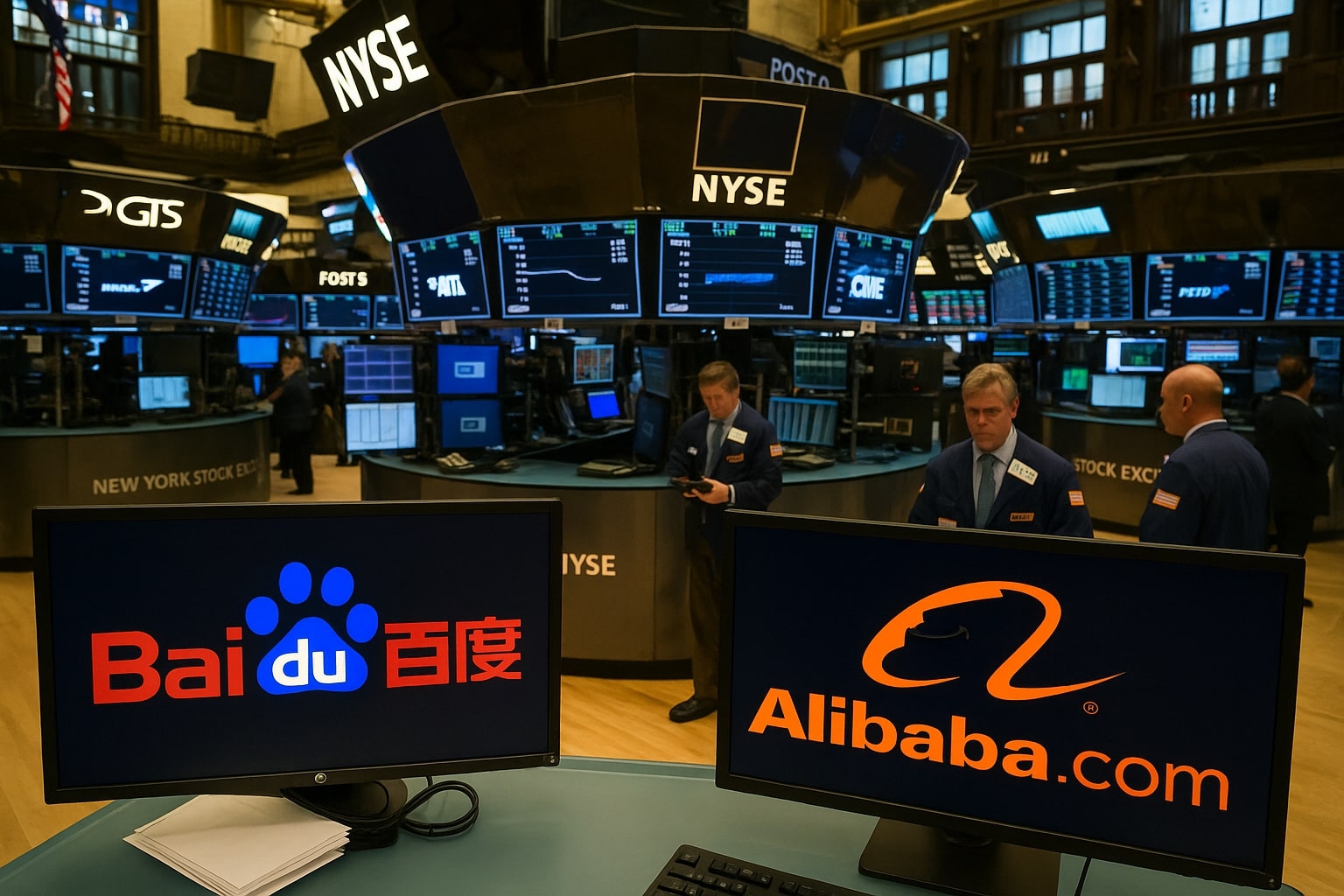Oil Market Analysis Amid Escalating Middle East Tensions and Global Stimulus Efforts
Iran's Missile Attack on Israel Spikes Oil Prices (WTI, Brent)
The oil market is once again gripped by geopolitical turmoil, as Iran launched over 100 ballistic missiles into Israel, causing a dramatic spike in oil prices. This unexpected escalation has set West Texas Intermediate (WTI) and Brent Crude oil prices on a sharp upward trajectory. At one point, WTI surged over 5%, trading at $70.12 per barrel, while Brent rose to $73.78, highlighting the immediate market response to potential supply disruptions in one of the world’s most vital oil-producing regions.
The severity of the attack, along with Israel's anticipated retaliatory strikes, has raised concerns over the security of critical oil infrastructure in the Middle East, particularly Iran’s oil industry. Analysts are closely watching how Israel’s potential counterattacks could impact Iran's oil exports, which mainly go to China, as well as disrupt shipping routes through the Strait of Hormuz, a key chokepoint for global oil supplies.
Global Supply Chains on Alert: Impact on the Strait of Hormuz and Suez Canal
The situation has wider implications for global energy markets. The Strait of Hormuz, responsible for the passage of approximately 15% of the world’s oil supply, is in the direct path of escalating tensions. Any disruption in tanker traffic through this vital waterway could send oil prices even higher. The Suez Canal, another crucial passage for crude oil, is also at risk of being affected by the conflict, as evidenced by previous attacks by Yemen's Houthi rebels on freight ships in the region.
While U.S. sanctions have curtailed Iran’s oil output, the nation’s control over the Strait of Hormuz remains a strategic lever. If Iran blocks or hinders tanker traffic, the global oil market would face substantial disruptions, likely pushing prices beyond their current levels.
U.S. and China: Key Players in the Oil Price Battle
In the face of these developments, global powers like the U.S. and China are crucial in shaping the future of oil prices. The U.S., with record-breaking crude production averaging 12.9 million barrels per day in 2023, has somewhat insulated itself from severe supply shocks. However, given that oil prices are set in a global market, even the significant rise in U.S. production cannot entirely offset the impact of a Middle Eastern conflict. Moreover, the Biden administration's moves to replenish the Strategic Petroleum Reserve (SPR) have added another layer of complexity to the supply equation, as current reserves stand at 382.6 million barrels, up slightly from historic lows.
China, the world’s largest importer of oil, has a vested interest in keeping oil prices from soaring too high. Although China benefits from discounts on Russian and Iranian oil, elevated benchmark prices would still hurt its economy, which is already grappling with uneven recovery and domestic challenges. China’s recent economic stimulus, aimed at stabilizing its property market and boosting liquidity, has so far done little to affect global oil demand significantly, as the country continues its shift toward less energy-intensive sectors.
The U.S. Strategic Position: A Political and Economic Battle
From the U.S. perspective, oil prices have a profound impact on domestic politics. Historically, the price of gasoline has played a crucial role in presidential approval ratings and election outcomes. With every $10 increase in the price of crude oil, the price of gasoline rises by 25-30 cents per gallon, which, in turn, reduces consumer spending by more than $1 billion per year for every penny increase. This dynamic puts immense pressure on U.S. policymakers to prevent prolonged periods of elevated oil prices.
The U.S. government is wary of the potential for a recession if oil prices remain over $90 per barrel for an extended period. The stakes are especially high given the approach of the 2024 U.S. presidential election. Historically, no sitting U.S. president has won re-election during a recession within two years of the election. With gasoline prices directly linked to oil prices, keeping energy costs low is paramount for both economic stability and political survival.
Rising Costs of New Oil Projects and Global Supply Outlook
Meanwhile, the rising cost of developing new upstream oil projects is another factor driving market uncertainty. Inflation and ongoing supply chain challenges have increased the breakeven cost of new oil projects. According to Rystad Energy, the average breakeven price for a non-OPEC oil project has risen to $47 per barrel of Brent crude, a 5% increase from last year. Offshore deepwater and tight oil projects continue to offer the most economical sources of new supply, with breakeven prices averaging $43 and $45 per barrel, respectively. However, oil sands production remains the most expensive, with breakeven prices averaging $57 per barrel.
Despite these rising costs, global oil production is expected to grow, driven by OPEC nations and cost-competitive projects. Rystad Energy’s forecasts suggest that by 2030, the equilibrium oil price for meeting global demand (105 million barrels per day) will hover around $55 per barrel. However, this assumes that the geopolitical landscape remains relatively stable, a scenario that seems increasingly unlikely given the current Iran-Israel conflict.
China’s Stimulus Efforts: A Limited Impact on Oil Demand
In a parallel development, China recently announced its most significant economic stimulus measures since the COVID-19 pandemic. These include interest rate cuts, increased liquidity support, and a targeted focus on reviving the country’s struggling property sector. However, analysts remain skeptical about the stimulus’s ability to substantially boost global oil demand. While China remains the world’s largest oil importer, its transition towards less energy-intensive industries and renewable energy sources has tempered the impact of its economic measures on the oil market.
The People's Bank of China (PBoC) has reduced key interest rates and reserve requirements for banks, aimed at stimulating economic activity. Despite these efforts, China's evolving economic model, focusing more on technology and services rather than traditional manufacturing and construction, means that its energy demand growth will be slower than in previous decades. Additionally, China has little incentive to support higher oil prices, as they would increase costs for its import-heavy economy.
What’s Next for Oil Prices?
As the global oil market remains in flux, a confluence of geopolitical risks and economic strategies will shape its future direction. The Iranian attack on Israel has jolted oil prices, but how long this upward trend will last depends largely on Israel’s response and whether the conflict escalates further. If the situation in the Middle East worsens, oil prices could surge even higher, potentially breaking key resistance levels and sparking further inflation concerns globally.
At the same time, the actions of major economies like the U.S. and China, as well as the cost structure of new oil projects, will play pivotal roles in determining whether oil prices can stabilize or continue their volatile ascent.
The oil market stands at a critical juncture. With Brent trading near $75 and WTI hovering around $70, the next few weeks could see significant volatility. The outcome of this crisis will not only impact energy markets but could have profound implications for global economic stability.
Decision: Buy, Hold, or Sell?
Oil outlook remains bullish in the short term. Investors should consider holding oil positions while monitoring key developments in the Middle East. If tensions between Israel and Iran escalate, further upward pressure on oil prices is likely.
That's TradingNEWS
